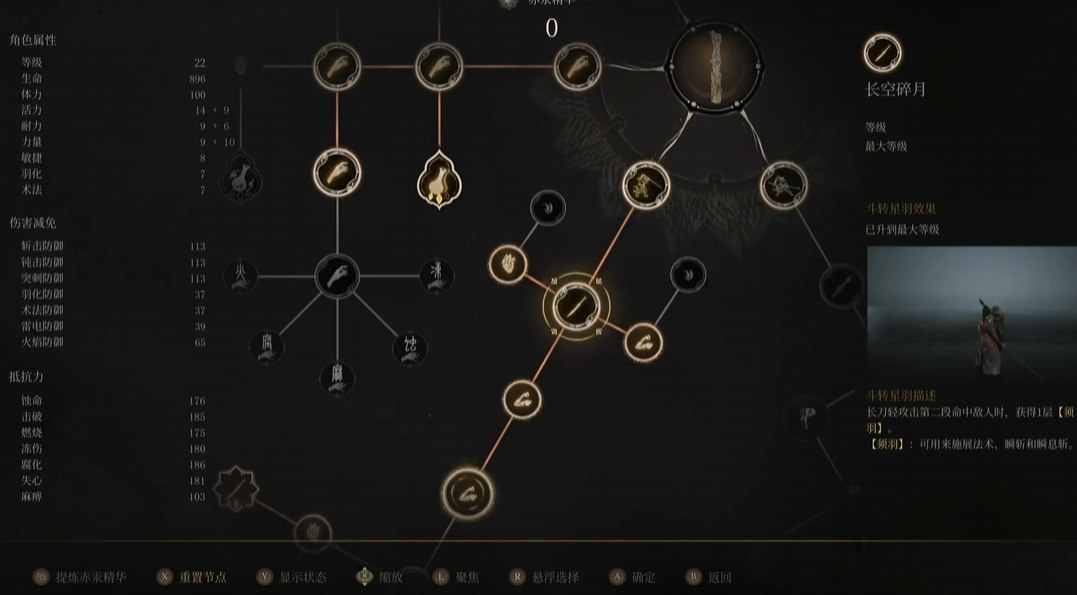WUCHANG: Fallen Feathers Hands-On Preview: Will it live up to expectations? Next "Black Myth"?
In a dimly lit demo room, I gripped my controller and stepped into the plague-ridden world of WUCHANG: Fallen Feathers. Developed by Leenzee and published by 505 Games, this action RPG reimagines late Ming Dynasty China through a Souls-like lens—and after 2.5 hours of exploration, combat, and death (yes, plenty of death), here’s what you need to know.

Smooth Sailing… If You Tweak the Settings
Let's address the elephant in the room first: performance. The demo defaulted to Medium settings with DLSS Balanced (60% resolution scaling) and mandatory ray tracing - a controversial choice. Cranking everything to Ultra caused noticeable frame dips below 60 FPS, but sticking to Medium delivered a stable 60+ FPS experience. Only two brief stutters interrupted my playtime, both during area transitions (likely asset streaming hiccups).

Visually, the game shines even at medium fidelity. Crumbling temples draped in fog, bioluminescent fungi glowing in poison swamps, and torch-lit corridors ooze atmosphere.But it's really enough for this stage.
A World That Punishes (and Rewards) Curiosity
Fans of Dark Souls' looping level design will feel right at home. The demo's opening area—likely part of the “Temple of Fallen Crane” (Steam) is a masterclass in verticality. One memorable moment saw me unlocking a rusted gate, only to realize it circled back to my starting point—a classic “aha!” moment.
But exploration isn't for the faint-hearted:
Environmental Traps: Poison pools slowly eat away at your health.
Ambush Tactics: Enemies lurk near cliffside loot (I lost count of how many times a spear-wielding foe knocked me into a pit).
Branching Paths: With countless hidden routes, completionists might need a notebook. I missed entire zones due to time constraints.
Combat: Flexibility with a Dash of Clunk

The game's biggest strength lies in its combat customization:
Loadouts: Equip two weapons (katanas, glaives, etc.) and four spells simultaneously.
Skill Trees: Each weapon has two unique skills. My katana’s parry-focused ability turned boss fights into rhythmic duels.
Respec Freedom: Earn “Soul Points” from fallen enemies, convert them to upgrade currency, and reallocate freely—no commitment anxiety here.

That said, the upgrade system feels needlessly convoluted. Converting Spirit Points before spending them adds an extra menu layer that could’ve been streamlined.


Enemies: Clever, Cruel, Never Cheap
From poison-spewing jar creatures to a multi-phase boss that unleashed arena-wide corruption waves, enemies prioritize skill over frustration. Key takeaways:
Environmental Awareness: Foes actively herd you into hazards (RIP, 80% of my health bar).
Boss Design: Telegraphed attacks, no HP sponges—just pure pattern memorization.
Official Context: The Steam page describes enemies as “grotesque results of a supernatural plague,” and the demo delivers exactly that.

History Meets Horror
WUCHANG's Ming Dynasty setting isn't just backdrop - it's the soul of the game. Sichuan's Baoning Temple architecture and Sanxingdui-inspired relics (Steam) ground the cosmic horror in tangible history. Even protagonist Wu Chang's controversial armor - a mix of form-fitting plates and opera mask motifs - sparks conversations about cultural authenticity versus creative liberty.







